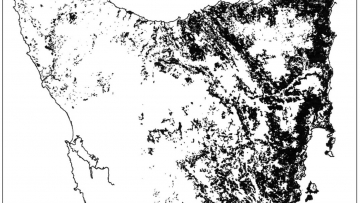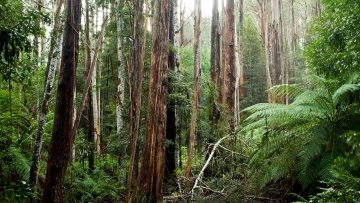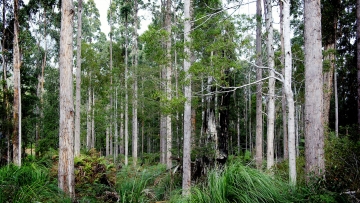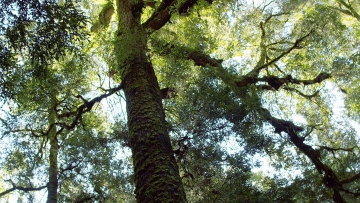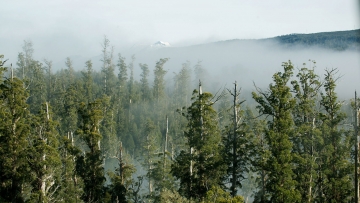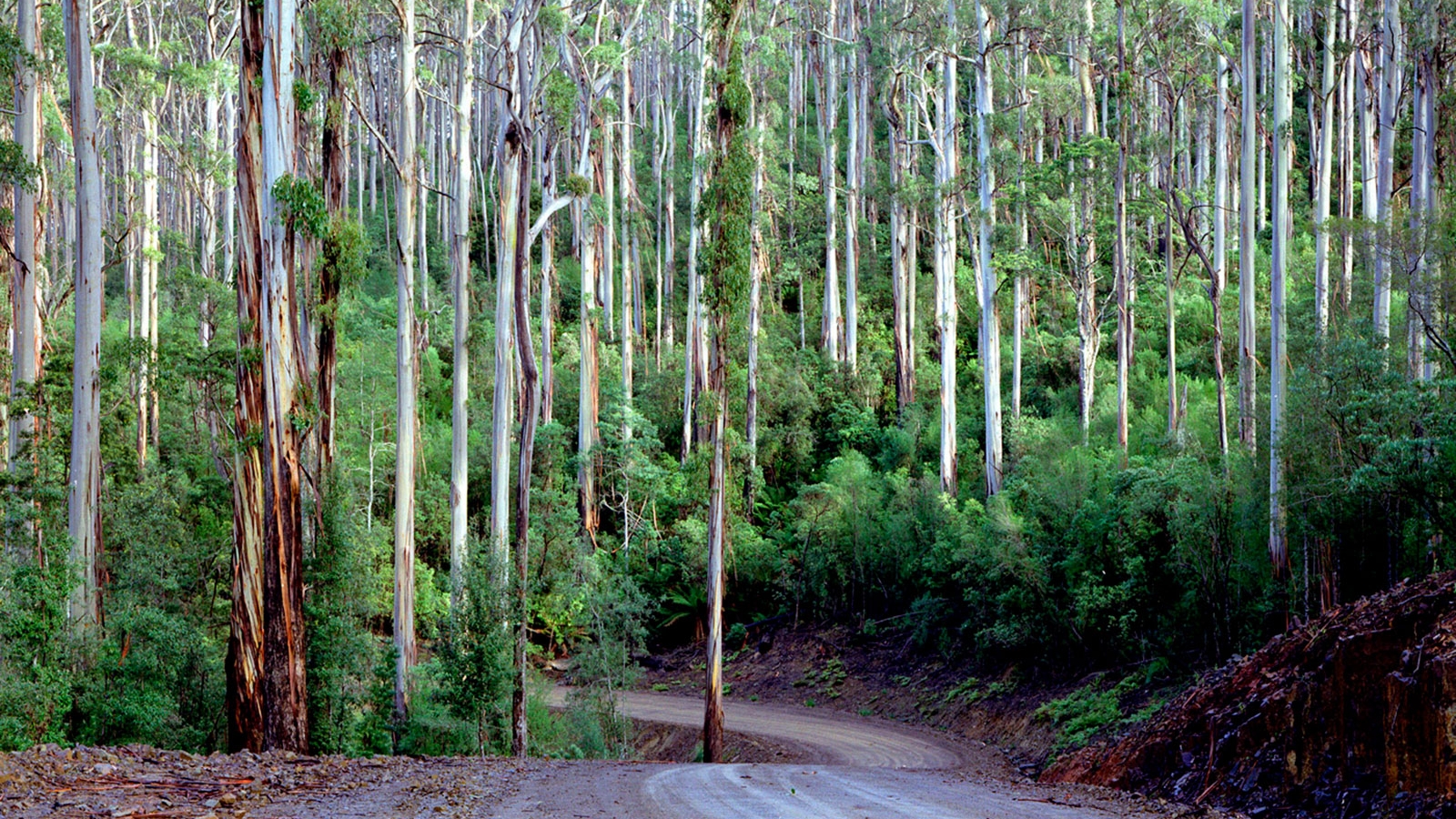
Dry eucalypt forest
Lowland dry eucalypt forests occur largely throughout northern and eastern Tasmania (see map in below tab), typically in areas with an average annual rainfall below 1000 mm.
Characteristically, they comprise a short to moderately tall open cover of eucalypts over a multi-layered shrub understorey. The ground layer composition is highly variable but bracken, shrubs, grasses and sedges are often common.
Throughout the range of lowland dry eucalypt forest, the floristics change constantly. At any given site, the plant composition is influenced by the landform (topographic position), geology, climate, fire history and land use. For management purposes the understorey can often be allocated to one of four widespread understorey types i.e. grassy, shrubby, sedgy, or heathy.
Lowland dry eucalypt forests typically have a multi-aged stand structure resulting from gap-phase recruitment to the canopy. Seedlings may establish continuously in canopy gaps, with additional pulses of regeneration arising from major disturbances such as wildfire. The eucalypt canopy usually comprises a mix of species.
Lowland dry eucalypt forests have been heavily utilised since the European settlement of Tasmania. They have provided land for agriculture following vegetation clearance on the richest soils, rough grazing for stock on poorer soils, fence posts, firewood, sawn timber and pulpwood.
Dry eucalypt forests constitute about 23% (1,589,500 ha)* of the State’s forested area (3.3 million ha).
* Based on TASVEG 3.0 (Citation: Department of Primary Industries, Parks, Water and Environment. TASVEG 3.0, Released November 2013. Tasmanian Vegetation Monitoring and Mapping Program, Resource Management and Conservation Division)
Silvicultural Considerations:
Traditionally, lowland dry eucalypt forests were harvested using a variety of techniques including clearfelling. In recent years realisation of the many benefits of partial harvesting techniques has led to most harvesting being by partial methods.
Well-managed partial harvesting is aesthetically pleasing, conserves existing potential sawlogs and advance growth, ensures an ongoing supply of on-site seed, minimises the risk of grass invasion, protects regeneration from climatic extremes and often reduces the need for browsing control.
More detailed information can be found in Lowland Dry Eucalypt Forests (PDF) part of our Science and Technical papers list in Publications.
